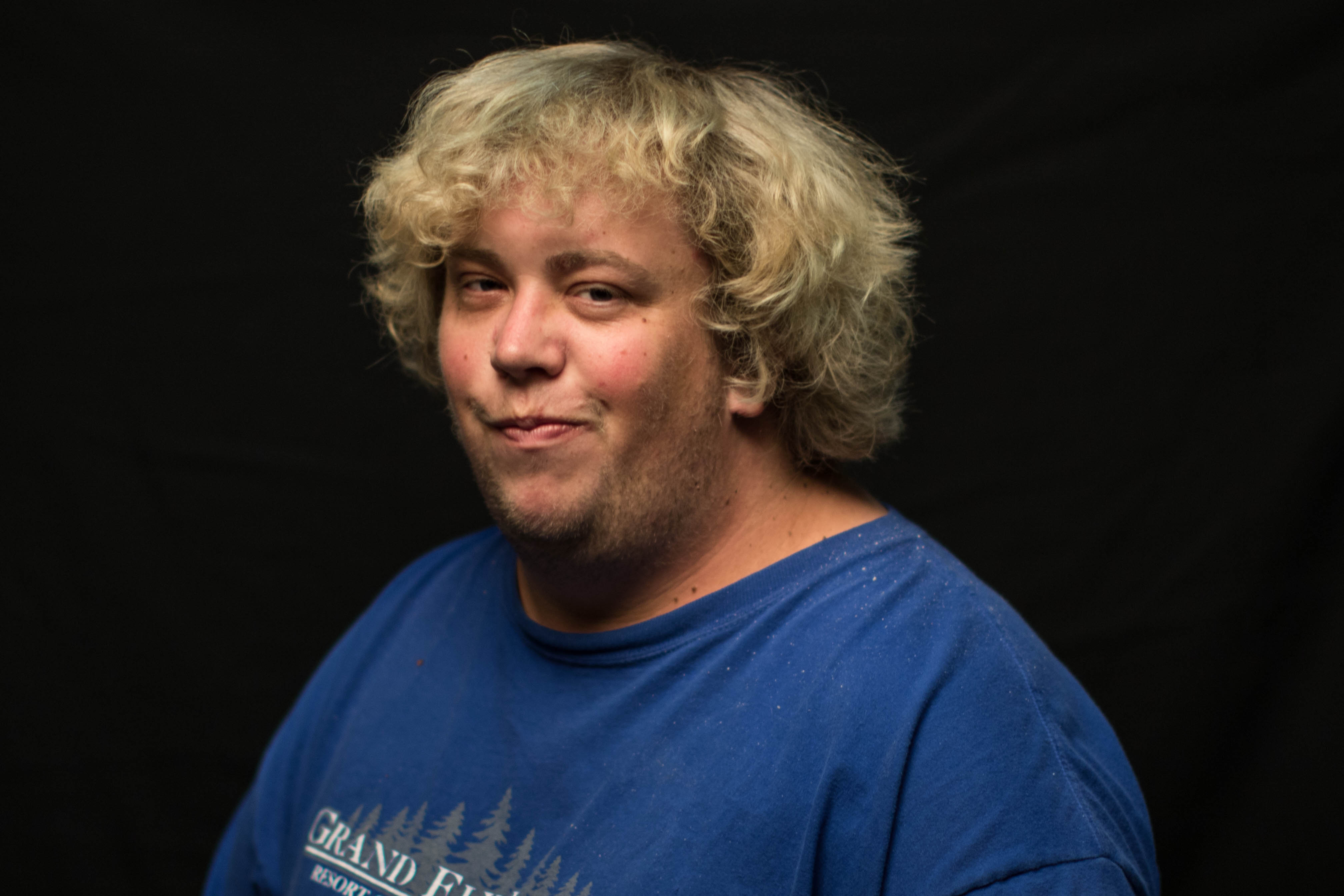
Finally, more LGBTQ+ representation in the media
As a gay book nerd, I grew up only being exposed to heteronormative romance stories. This is why Andre Aciman’s gay romance novel “Call Me By Your Name” has become my favorite romance novel.
Growing up in the 1990s and 2000s, the representation of same-sex couples in media – whether in books, TV shows or movies – practically required gay couples to identify their sexual orientation before dating.
During high school, I wanted to read the gay equivalent of Shakespeare’s “Romeo and Juliet.”
I craved a piece of literature that centered around a same-sex couple, but a piece of literature that isn’t congested with the inclusion of a coming out story.
Although coming out of the closet is a part of any LGBTQ+ person’s journey, I’ve personally seen this particular story done enough times.
This is a part of the power of “Call Me By Your Name.” Neither of the main characters had to declare their sexual orientation.
Another reason why coming out doesn’t need to be a part of LGBTQ+ media is because of how in some cases, an LGBTQ+ couple could carry out their whole relationship in secret.
While it doesn’t have to be the only story told, coming out of the closet is just as important. Although several TV series have tackled this storyline, one of the most powerful LGBTQ+ storylines came from the series “The Fosters.”
“The Fosters” introduced a young coming out story and possibly aired the youngest same-sex couple kiss in TV history.
As more LGBTQ+ stories are shared in literature and in film, these aren’t the only areas in which LGBTQ+ stories are being shared.
During the Macklemore concert held on campus this past Halloween, Macklemore performed his song “Same Love,” which is viewed as the anthem for same-sex marriage.
Despite same-sex marriage being legal since 2015, there’s still controversy over wedding permits and refusal to make cakes for gay weddings.
Greg Holden’s song “Boys in the Street” represents the struggles that LGBTQ+ people face when it comes to parents accepting their sexual orientation. I know of fellow LGBTQ+ people who haven’t come out to their parents or present themselves in a straight manner on social media.
It’s great to see more gay and lesbian characters portrayed in books and movies, especially since these portrayals are slowly becoming more than secondary characters or just token characters. Now, I’m just waiting to see more LGBTQ+ characters that are of different ethnicities.
It’s easy for me to relate to an LGBTQ+ character that is white, yet there are LGBTQ+ people of different minorities. It’s important to remember intersectionality.
Along with growing up only seeing heterosexual couples in TV shows and movies, I rarely saw interracial couples in the media until recent years.
The importance of seeing more LGBTQ+ representation in the media, which should naturally include interracial couples, would provide more realistic storylines. Especially for people who may be LGBTQ+ or in an interracial relationship.
